CCTV or Access Control…

Both Access Control and Video Surveillance have become vital components in modern security systems. However, many are confused as to how exactly the two should be deployed. It is important to get this right, as the two have very different strengths and features, and deploying the wrong one as the front end could leave end users without features that could be useful, or even vital to their security system.
One striking aspect of access control process is how the system relies on the person in question co- operating with it; in order to be effective, it requires the subject to willingly interact with the system. Access Control software, even with video integration, is designed for this type of installation. Video functionality is often a basic “live video” pop up, giving visual verification along with the Access Control database information.
Unfortunately, Access Control systems are ill-equipped to deal with an intruder actively seeking to bypass the system by forcing entry bypassing controlled entry points. In cases such as this, basic video display in the Access Control software provides limited information beyond the initial alarm, making it difficult to establish precisely what happened and has limited pre and post-event video analysis capabilities.
This is where Video Surveillance, comes into its own, with its more proactive nature allowing it to detect intruders whether they choose to engage with the surveillance system or not.
This means that the CCTV can provide a complete visual account of events before, during and after an incident, leaving operators in no doubt as to what transpired.
Indeed, the ability to review evidence from before during and after an event is one of the greatest strengths of the CCTV. Designed with a more forensic-based approach in mind, the features tools, such as thumbnails and bookmarks, to allow specific clips to be marked, searched and reviewed effortlessly. The footage can then be easily exported to the appropriate authorities.
The superior analytics the CCTV supports, such as motion detection, LPR…etc. Are represent another asset as they offer a wider variety of logics to trigger alarms. It is also worth noting that the CCTV offers far more comprehensive surveillance, for example if a building is protected by Access Control alone and an item is stolen, the system will be of limited help. A strong CCTV however could capture the incident and provide valuable evidence to resolve the situation.
So while Access Control performs one specific function exceptionally well, CCTV is able to provide the security surveillance for a variety of areas of the property to be secured, creating a more adaptable and comprehensive surveillance system. All of these features mean that CCTV is highly effective in open areas, areas of high traffic where checkpoints are not feasible, or areas with multiple points of entry, such as an airport.






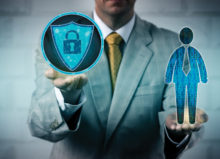

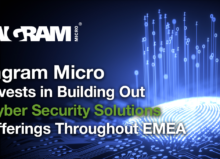







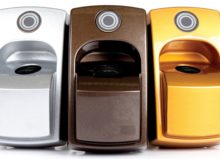





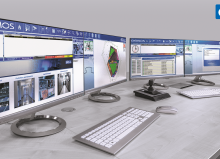
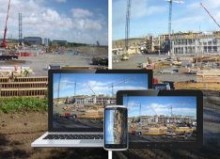
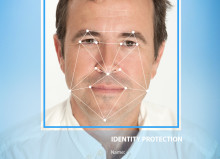


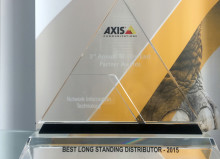

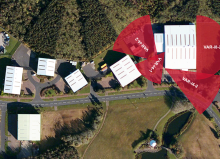
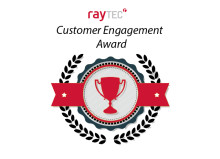


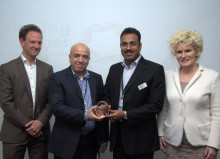


March 20, 2018 11:50 am|
CCTV is the most important device for the security purpose and it provides security surveillance for a variety of areas.
July 20, 2020 1:28 pm|
https://waterfallmagazine.com
Appreciate the recommendation. Let me try it out.